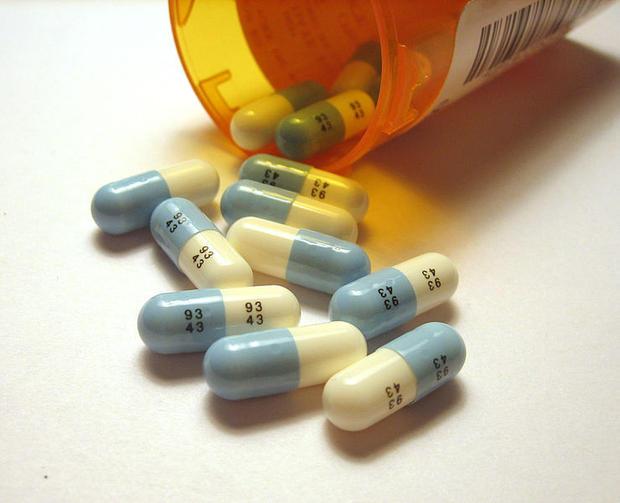The world is facing a perilous challenge of a lack of new antimicrobials coming through while the number of bacteria resistant to antibiotics increases (and a growing number that are resistant to one than one type, leading to multiple-resistance). Digital Journal has discussed the issue through several articles, such as the tellingly titled “What is being done about antibiotic resistance?”
There are multiple reasons as to why antibiotic resistance occurs, including the transfer of genetic material between organisms. The root causes, however, are partly tied to the overuse of antibiotics by medical professionals, including for conditions against which antibiotics are ineffective (such as viruses) and the misuse of the drugs by some farmers as a means of creating leaner meat. Add to this the reluctance of major pharmaceutical companies to invest, and a significant problem has emerged.
New antibiotic?
In more positive news, a new candidate antibiotic has emerged. This is microcin B17, which is an antibiotic that kills Escherichia coli bacteria. The toxin is produced by other types of bacteria. Microcins are a family of toxins produced by the class of bacteria called Enterobacteriaceae and they inhibit phylogenetically related species. This is part of a natural competitive mechanism.
Microcins are composed of a relatively few peptides. What is interesting about this new antibiotic (B17) is that prior to being activated, the compound is situated and embedded in a structure called a prodrug. The researchers, from Rutgers University–New Brunswick, describe this as much-like the core of an unsharpened “molecular pencil.”
Microcin B17 targets DNA gyrase, the bacterial enzyme that introduces supercoils into DNA, although the site and mode of action is unclear.
Molecular pencil and sharpener
To give the antibiotic its potency and bacterial killing properties, the researchers have discovered a so-termed “molecular pencil sharpener”. This molecular device cuts away and the outer coating of microcin B17 to release the powerful antibiotic. This discovery poteniutally opens the door towards developing new antibacterial agents and drugs to fight toxins.
Commenting on this, lead researcher Dr. Konstantin Severinov told Laboratory Manager magazine: “We think this may be a gizmo that bacteria use to activate processes which are dormant until the moment is right, when the pencil sharpener gets turned on and releases antibiotics.” This was based on a study of TldD and TldE bacterial proteins, which are involved in producing microcin B17.
The researcher continues: “TldD, the protein we studied, has a hole in it just like in an old pencil sharpener, where the prodrug is fed into. The sharpener adds the last finishing touch, chewing the leader, activating the toxic warhead and kicking it out of the cell. So it’s almost like having an ability to produce toxic compounds, including antibiotics, a la carte when you need them.”
The next step is to try to develop the protein on a larger scale, using the techniques of engineering and synthetic biology. The research has been published in the journal Structure. The research paper is titled “The Origins of Specificity in the Microcin-Processing Protease TldD/E.”
Essential Science
This article is part of Digital Journal’s regular Essential Science columns. Each week Tim Sandle explores a topical and important scientific issue. Last week we profiled how University of Michigan researchers devised new means for enhancing the security of voice activated software. The aim was to eliminate the vulnerabilities associated with voice authentication. The week before we looked at how gold nanoparticles have been deployed for the detection of a range of blood related disorders.















